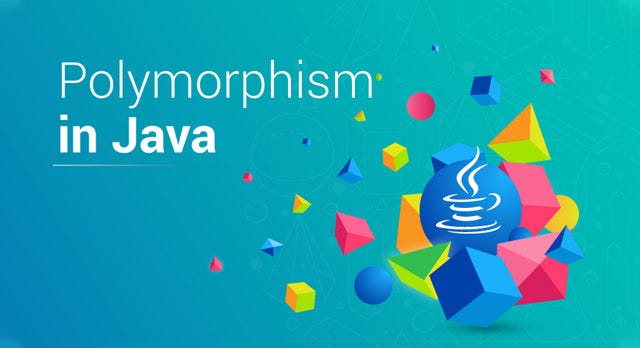Polymorphism is a powerful concept in object-oriented programming (OOP) that allows objects of different types to be treated as if they were the same type. In Java, polymorphism is achieved through inheritance and interfaces, and it plays an important role in making code more flexible and easier to maintain. In this article, we'll explore what polymorphism is and how it works in Java.
What is Polymorphism?
Polymorphism is the ability of an object to take on many forms. In Java, this means that an object can be of one type, but it can also be treated as if it were an object of another type. This is possible because of inheritance and interfaces.
Inheritance allows a subclass to inherit properties and methods from its parent class. When a subclass inherits a method from its parent class, it can override the method to provide its own implementation. This means that a method can be called on an object of the subclass, even though it is defined in the parent class.
Interfaces allow different classes to implement the same methods. When a class implements an interface, it must provide its own implementation of the methods defined in the interface. This means that objects of different classes can be treated as if they were the same type, as long as they implement the same interface.
Polymorphism in Action
Let's take a look at an example to see how polymorphism works in Java:
In this example, we have an Animal interface and two classes, Cat and Dog, that implement the interface. Each class provides its own implementation of the makeSound() method.
In the Main class, we create two Animal objects, animal1 and animal2. animal1 is an instance of the Cat class, and animal2 is an instance of the Dog class. However, since both classes implement the Animal interface and provide their own implementation of the makeSound() method, we can treat them both as Animal objects.
When we call the makeSound() method on animal1, it prints "Meow", which is the implementation provided by the Cat class. When we call the makeSound() method on animal2, it prints "Woof", which is the implementation provided by the Dog class.
Conclusion
Polymorphism is a powerful concept in Java that allows objects of different types to be treated as if they were the same type. It is achieved through inheritance and interfaces, which allow objects to inherit properties and methods from their parent classes and implement the same methods as other classes. By using polymorphism in your Java code, you can make it more flexible, easier to maintain, and more reusable.







No comments:
Post a Comment